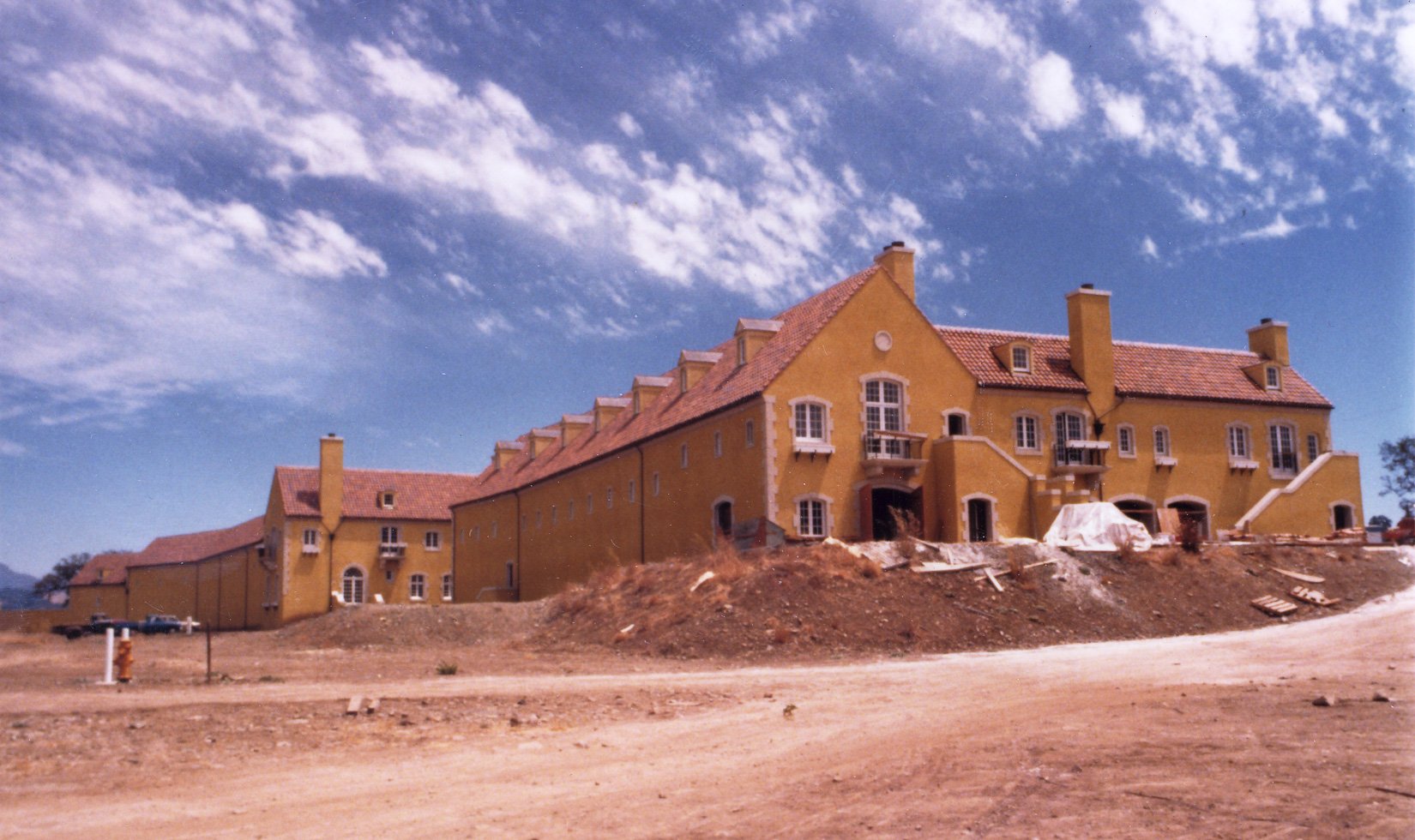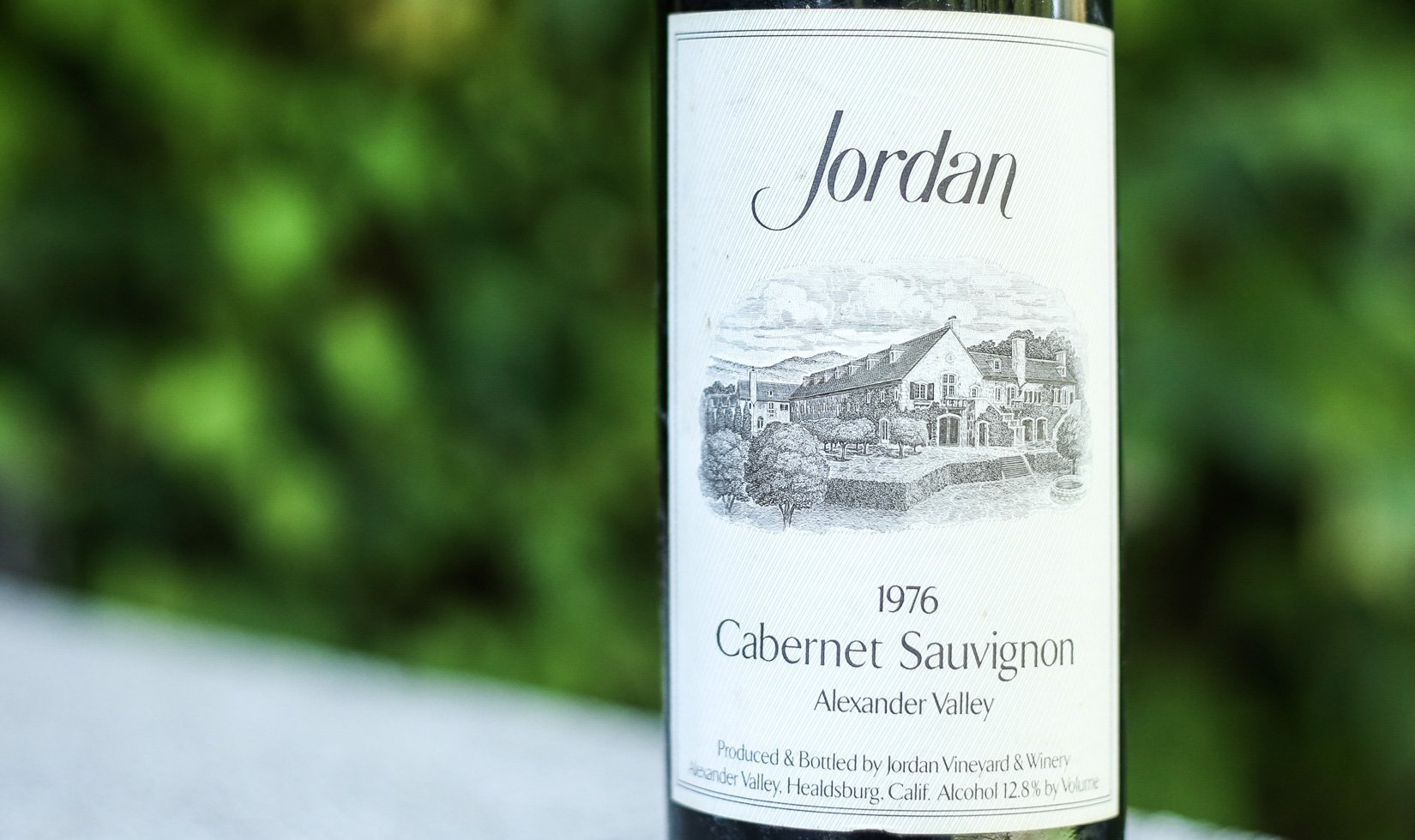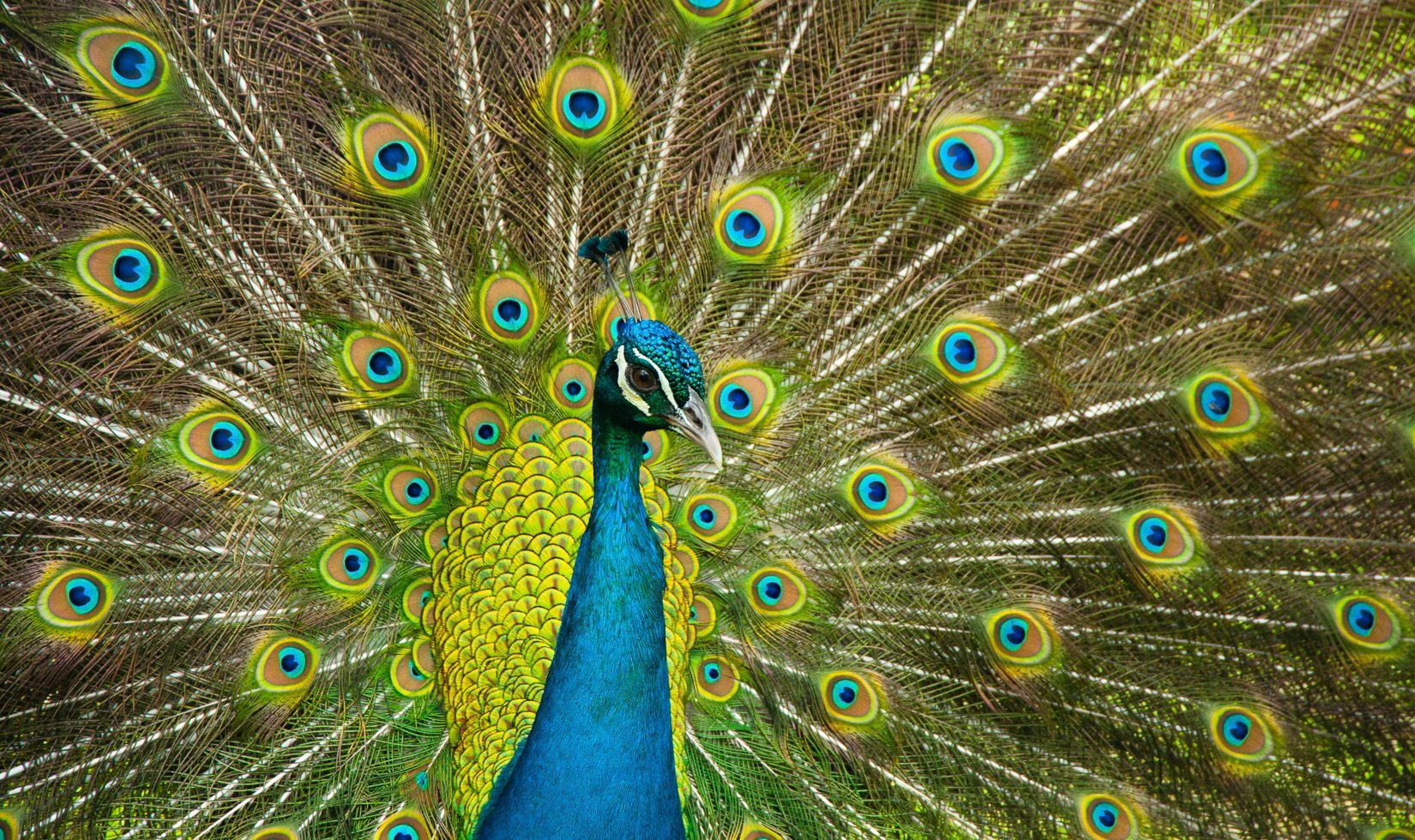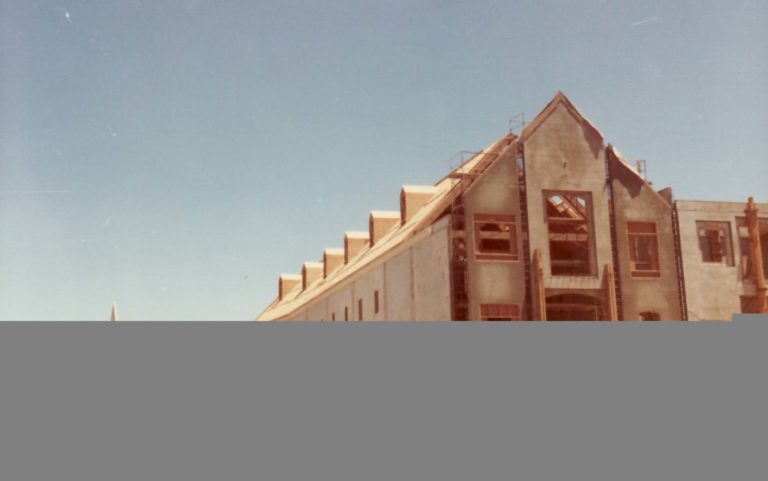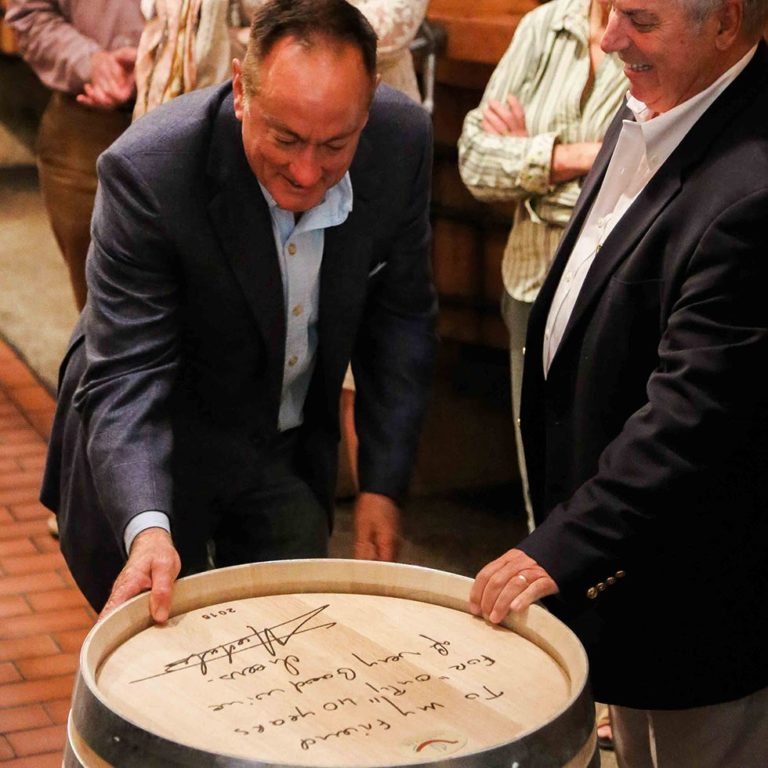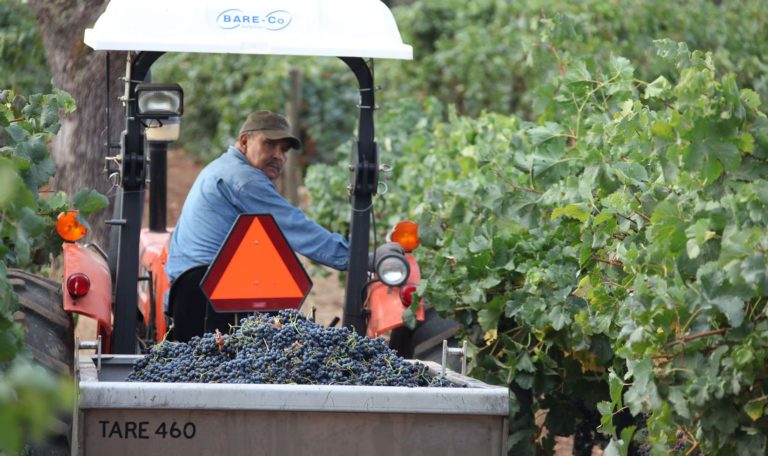Most people know Jordan as one of the top cabernet sauvignon brands they choose when dining at a nice restaurant or their favorite winery to visit in Napa and Sonoma for food and wine pairings. As a family winery since California’s pioneering days of the 1970s, we have hundreds of interesting stories to tell that haven’t been told. Here are a handful of revealing facts about Jordan Winery which may surprise you.
Jordan Winery’s 10 Surprising Stories
The 1976 Jordan Cabernet Sauvignon was made with 1 percent pinot noir.
Back story: The inclusion of pinot noir in Jordan’s first vintage of cabernet sauvignon was not intentional. Back then, Winemaker Rob Davis made the Jordan malolactic fermentation culture in-house, and to prepare enough culture for the inaugural harvest, he needed mature grapes that could be fermented into wine, inoculated with the malolactic culture and be ready when Jordan’s first merlot grapes finished their primary alcohol fermentation. Because pinot noir is an early-maturing grape, six tons were purchased from a nearby grower in Alexander Valley, Dale Good. (Yes—pinot noir was actually planted in cabernet country back in the 1970s.) It wasn’t until Rob had to configure the varietal percentages for the government label before bottling that he realized the pinot noir malolactic culture had to be legally recorded.
Wild animals ate like kings at Jordan Estate in the early years.
Back story: In the 1980s, 36 peacocks lived on Jordan Estate. Winery co-founder Sally Jordan tried to hand-feed them bread, but they refused. It wasn’t until she offered a few of the birds rum cake–made by Costeaux Bakery in Healdsburg–that the peacocks found their food groove. Every morning for years, all three dozen birds would gather on the residence balcony for their rum cake breakfast. A golden eagle named Edgar also flew by in the morning and evening to swoop down upon his daily snack—a ball of lean ground beef that Mrs. Jordan placed on the end of her golf putter. Edgar only dined on lean ground beef; if the meat contained fat, he’d land on a nearby tree branch and spit it out.
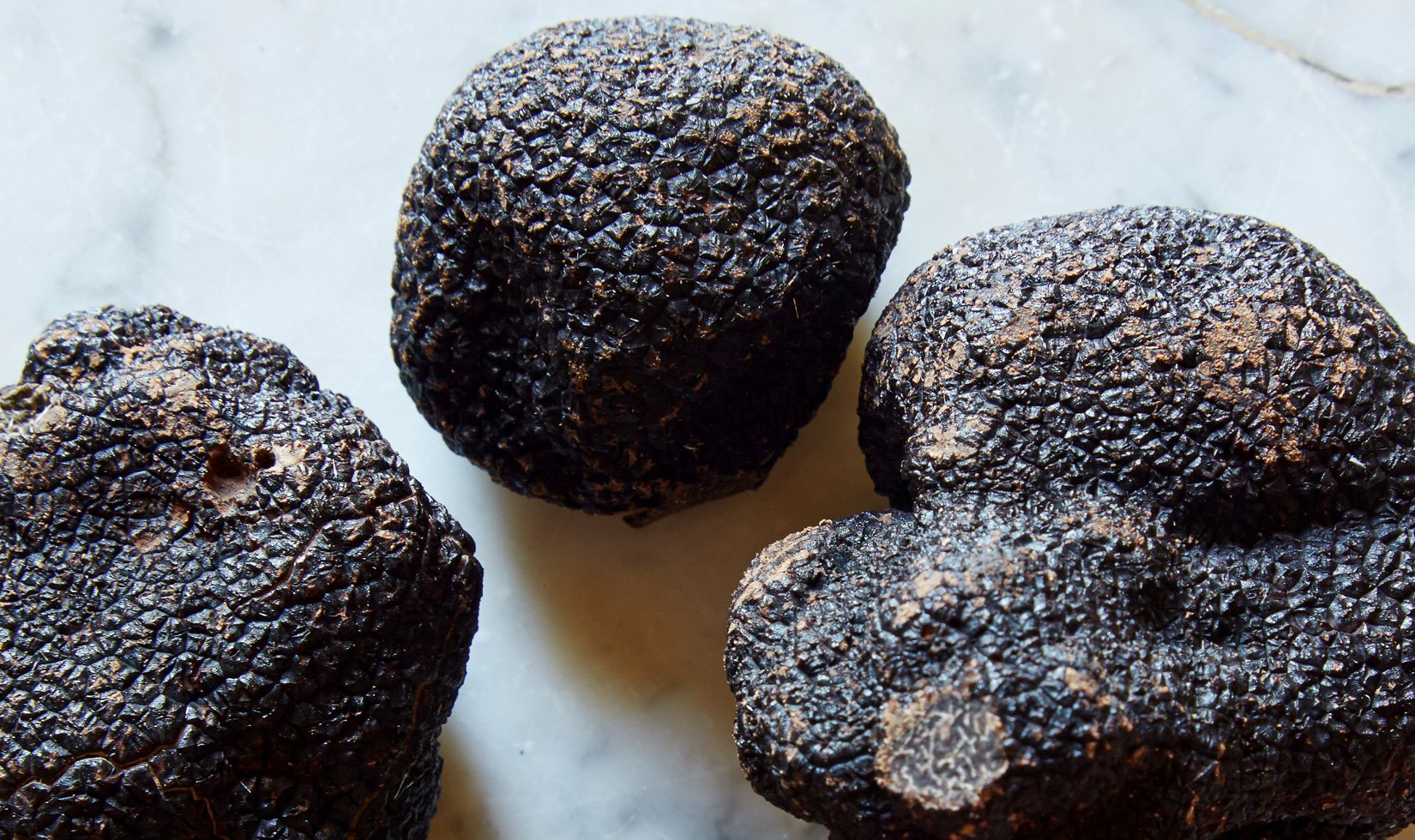
The Jordan’s attempt to grow black truffles on the estate ended in tragedy.
Back story: Tom Jordan dreamed of growing black truffles on Jordan Estate, so much so that he’d been using the Jordan barrel room as a “green house” for roots that he hoped would someday bear truffles. Truffle spores were also planted in the “magic circle” at the base of several large oak trees northwest of the winery. Sally spent months researching the perfect French truffle hound, which was carefully brought to the United States by its handler in the mid-1980s. The dog arrived in January and was hidden in a shed by the winery, awaiting the big birthday surprise the following day. Sadly, someone left his cage unlocked, and the dog wandered down the winery driveway and was killed by a passing car. The truffle growing project at Jordan was abandoned.
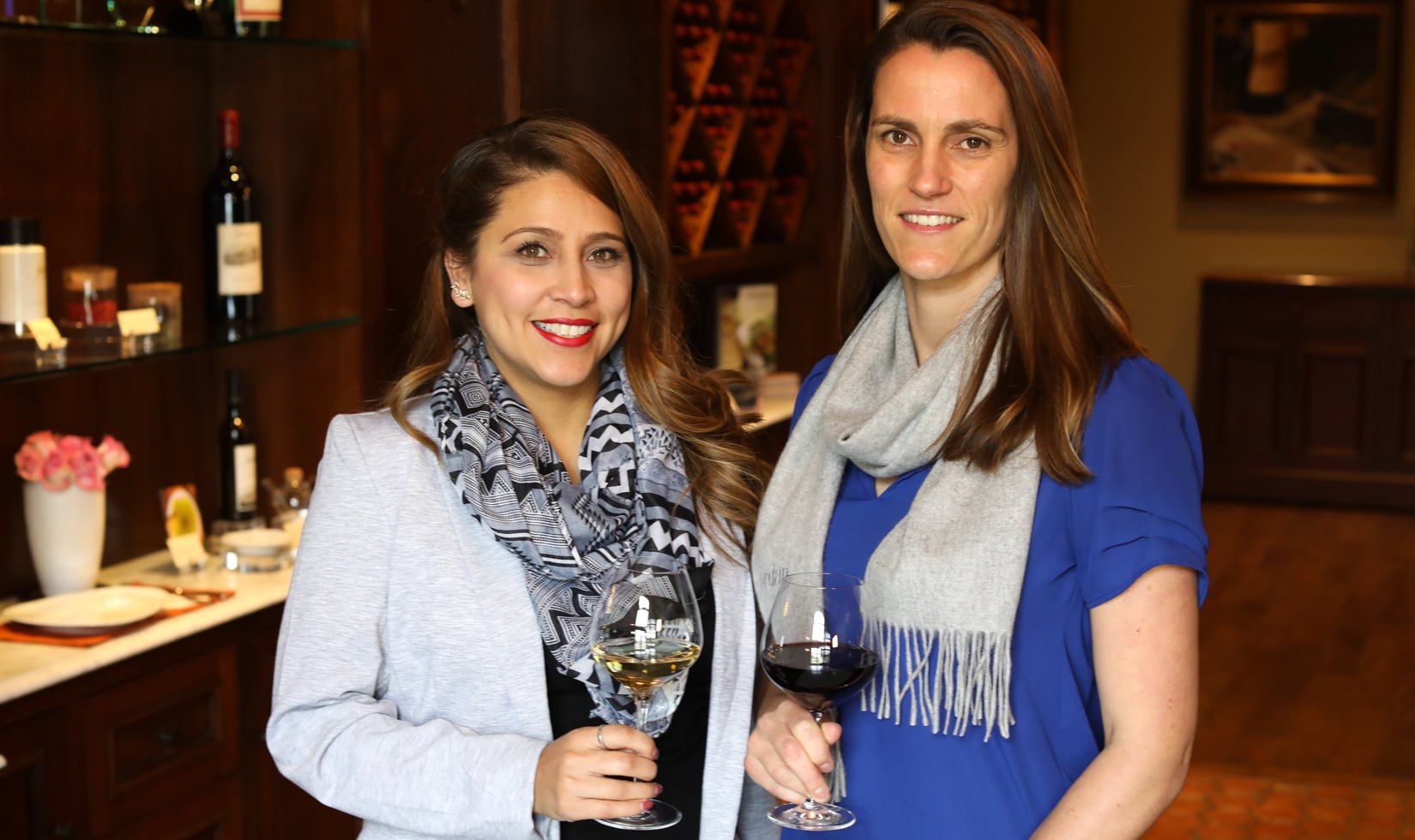
Female supervisors outnumber males 3 to 2 at Jordan Winery.
Back story: As of 2017, there are nine women in supervisory positions at Jordan Winery and six men. If you’ve ever met Sally Jordan, you’ll understand why John Jordan has surrounded himself with strong, talented women to help lead Jordan into its next era.
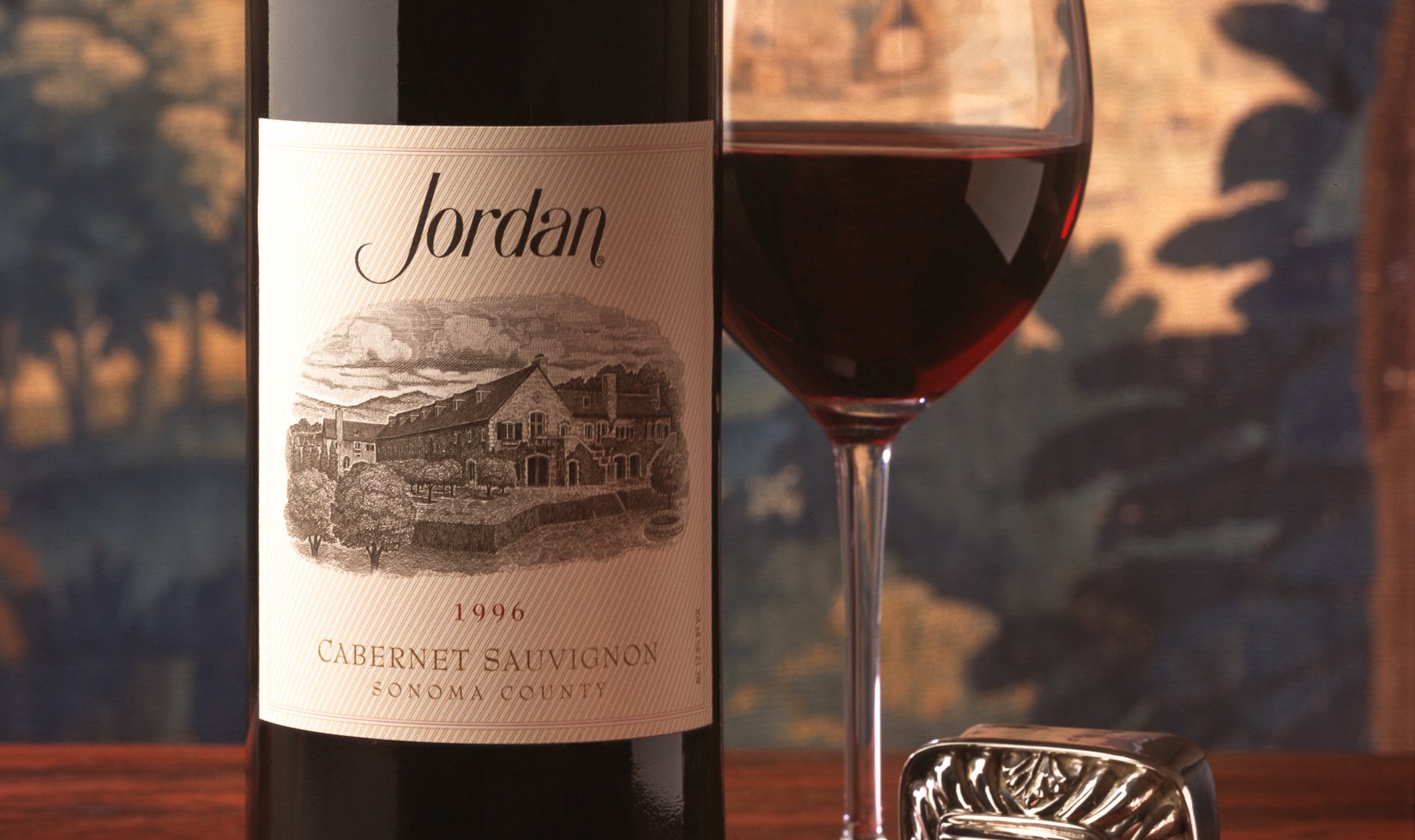
The 1996 Jordan Cabernet Sauvignon was made with 1.2 percent petite sirah.
Back story: One of the warmest growing seasons in Jordan history, 1996 experienced five days with temperatures of 114 degrees, which stressed Jordan’s cabernet sauvignon and merlot grapevines to the brink of survival. To protect themselves, the vines shut down and aborted half of their clusters—a process explained in our 2017 harvest report. Many of the remaining grapes were still far from physiological ripeness, and as the season progressed, those clusters gained little color and tasted green. Others turned to raisins. Rob jumped into triage mode and found a grower vineyard in cooler, neighboring Mendocino County, which had not suffered the heat damages of Sonoma’s Alexander Valley. Jack Cox of Ukiah, Calif., became a lifesaver of that vintage, providing Jordan with beautiful cabernet sauvignon grapes that had an attractive lift of acidity and cherry fruit. To help give the wine more color and flavor, Rob blended some extraordinary petite sirah from Jack’s other vineyard in Hopland, just over the Mendocino County border. To help mask the weak fruit complexity of the vintage and without contributing excessive tannins, Rob aged the wine in mostly American oak in 1996. (Jack Cox’s petite sirah was so good, we made a small amount of wine for his hunting club too.)
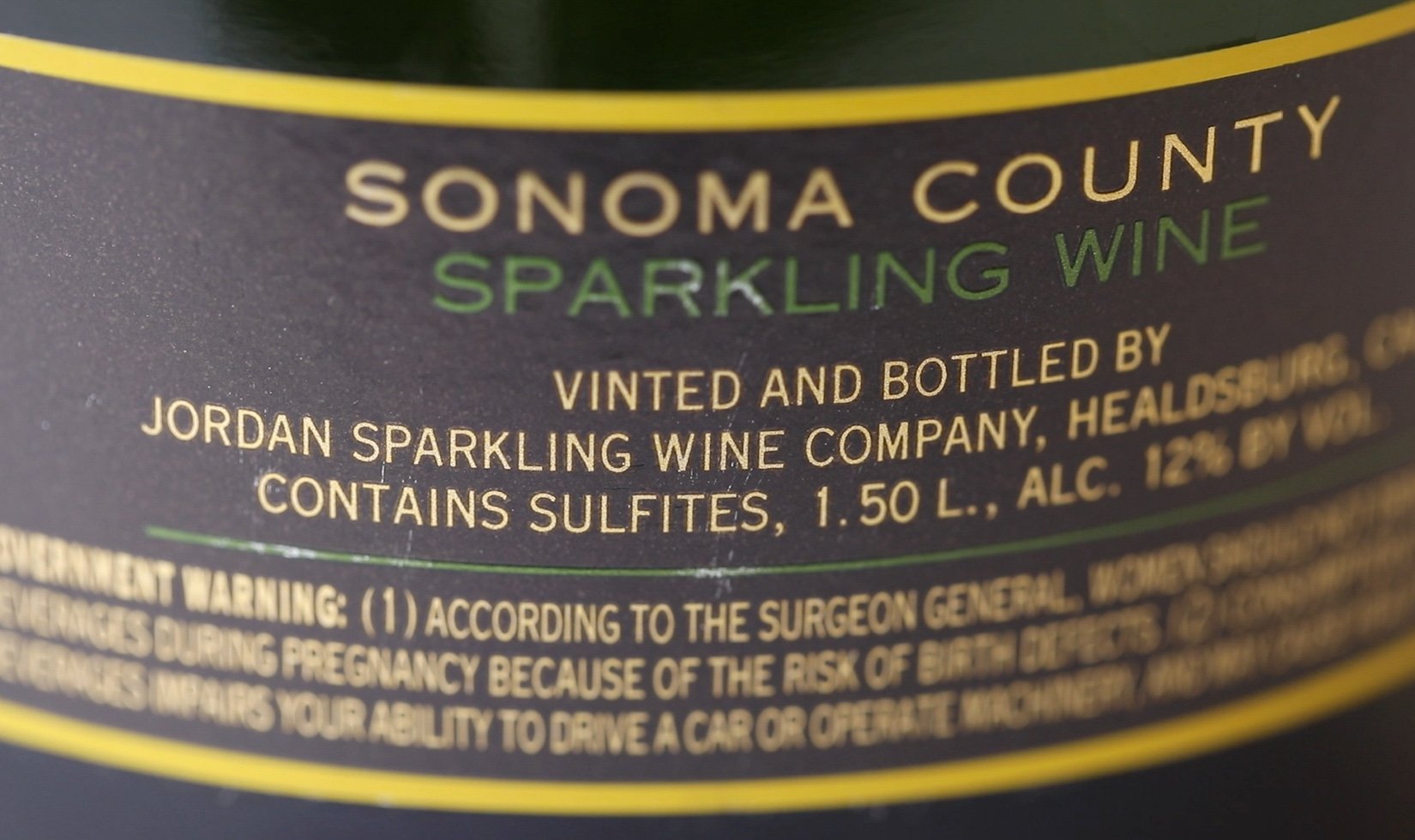
Jordan made sparkling wine at its Healdsburg winery for six years.
Back story: Tom and Sally Jordan decided they needed a totally different winery that any of the Jordan children could inherit someday. A sparkling wine was considered the natural complement to chardonnay and cabernet sauvignon. Artist Ralph Colonna was engaged to design the iconic, brushed J, which he did at the Jordan’s kitchen table. The first few vintages of J were made at Jordan Winery, from 1987 to 1993, using what was called “an alternating proprietorship” in legal terms. After J was finished using a fermentation tank at Jordan, the winemakers had to wait 24 hours before they could use the tank for Jordan wine. When Judy Jordan, daughter of Tom and Sally Jordan, graduated from college and came to work at Jordan, she expressed interest in taking over the sparkling wine business. In 1993, Tom Jordan helped Judy purchase the old Piper Sonoma sparkling wine facility on Old Redwood Highway just south of Healdsburg in the Russian River Valley, and J moved from Jordan to its new home. For decades, J Vineyards & Winery was considered Jordan’s sister property, and we poured J sparkling wine at dinner parties for trade guests and meals for Jordan Estate Rewards members, as well as for marriage proposals that happened on the property. When Judy sold J to E&J Gallo in the spring of 2015, the Jordan and J tie came to an end. (That’s when John Jordan decided that serving sparkling wine at Jordan was a tradition we wanted to continue, hence the new partnership with the Malassagne family in Champagne.)
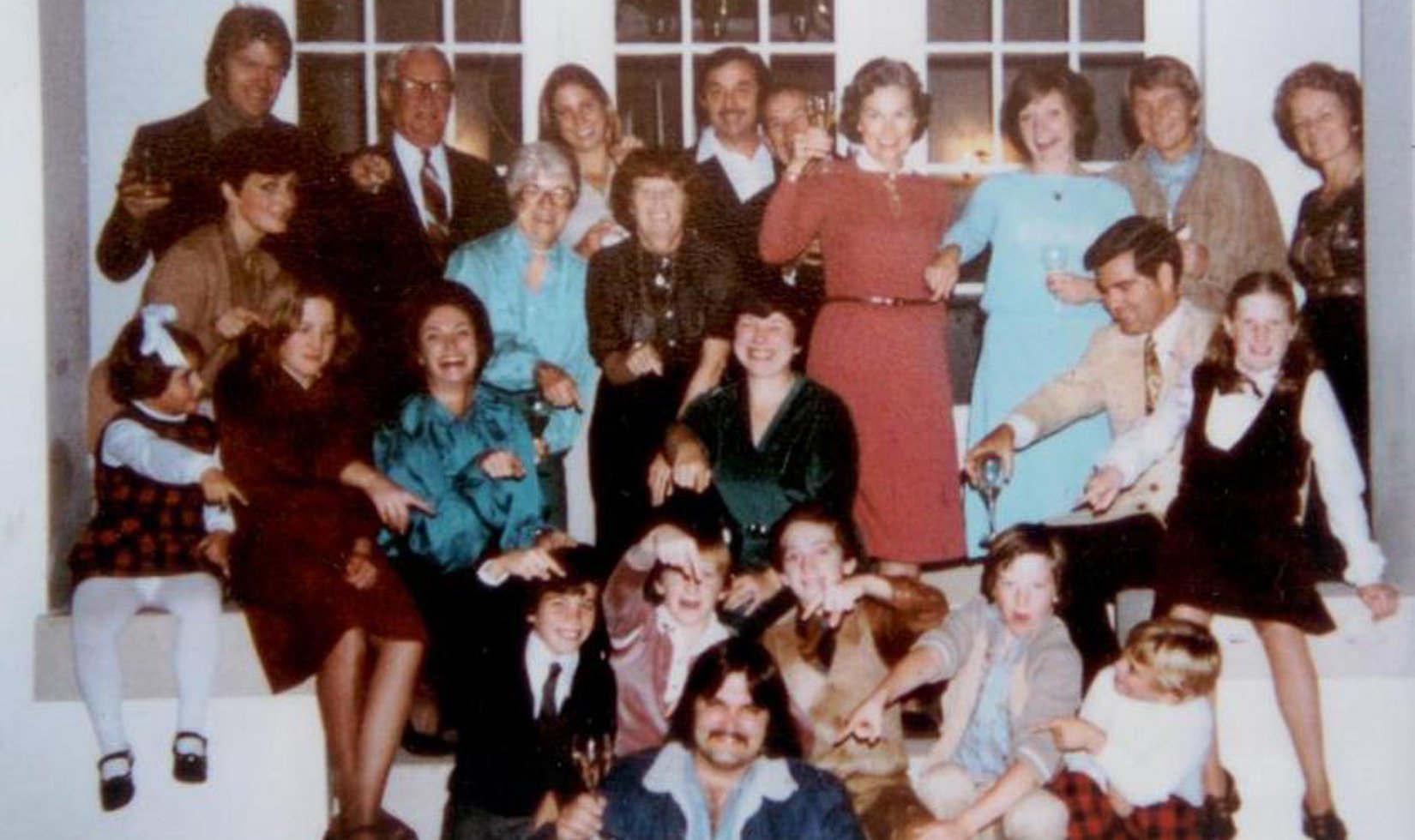
Firefighters showed up at the first family Thanksgiving dinner hosted at the winery.
Back story: Thanksgiving dinner preparations were almost complete in the winery kitchen, from the turkey basting to the mashed potatoes and Mrs. Jordan’s famous cranberry sauce, when suddenly the building’s new emergency sirens screamed. No one could find the off switch. No one could find smoke or any other emergency switches either. Many minutes later, just as the fire truck was charging up the driveway, the blaring horns stopped. Silence. Warehouse manager Robert Lopez had climbed around the Oak Tank Room until he found the master switch. Mrs. Jordan insisted that Bob sit at the head of the table since he was the hero of the day. In the picture above, Bob is sitting in front, surrounded by pointing fingers.
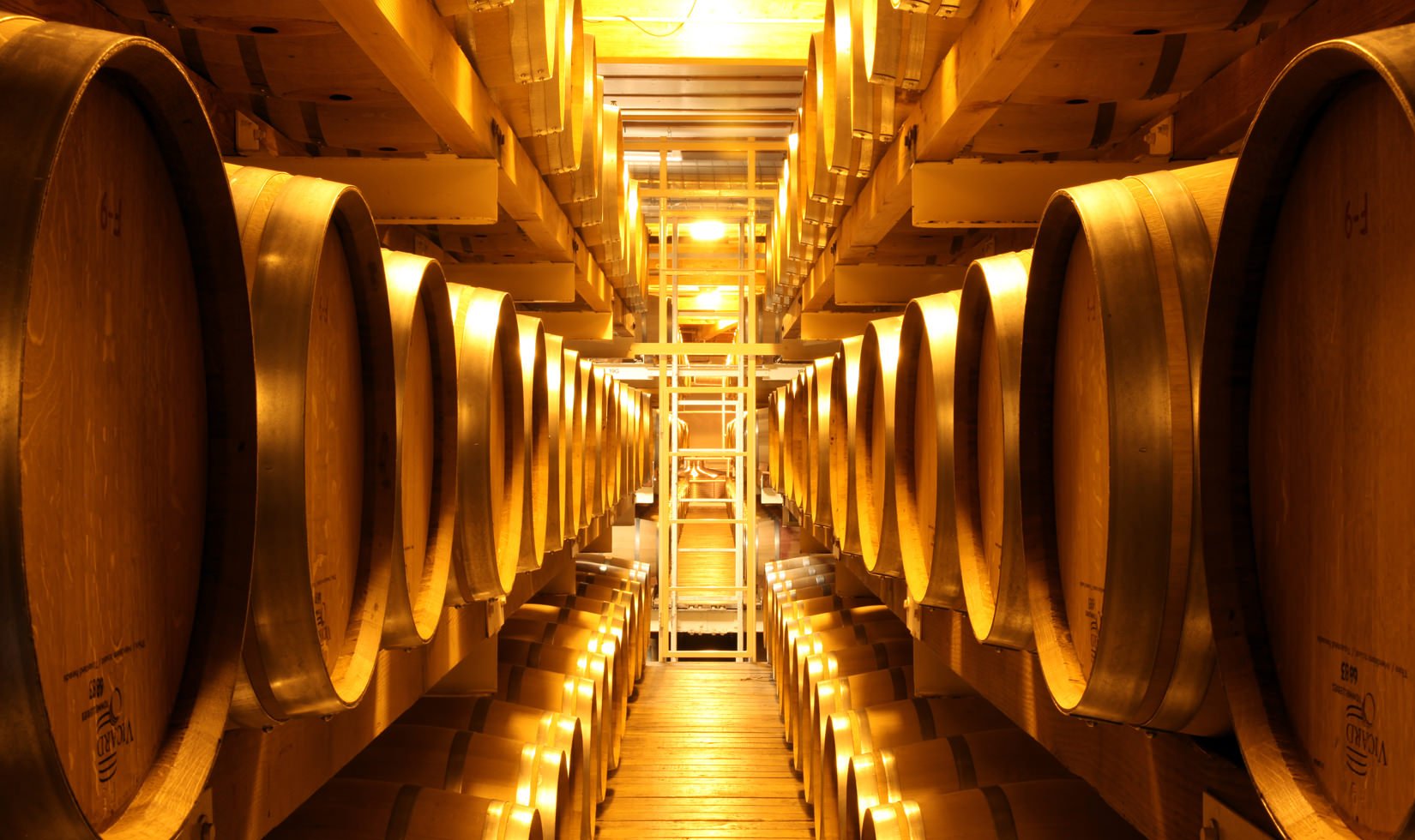
Jordan has completely changed its philosophy on wine barrels since the inaugural 1976 Jordan Cabernet Sauvignon.
Back story: Back in the 1970s and 1980s, American oak was the foundation for Jordan Cabernet Sauvignon, making up about 50% of the barrels used for wine aging. Like many pioneers during the California wine “Gold Rush,” the Jordans believed that American oak was a natural complement to a classic California cabernet sauvignon. Tom Jordan wanted to pay equal tribute to the Bordeaux wines that inspired him to start Jordan, and the Beaulieu Vineyard’s Georges de Latour, aged with American barrels, that made him change his mind about the potential of California cabernet in the 1960s. So, the first few decades of Jordan Cabernet Sauvignon were aged in 50% American and 50% French oak barrels. After ten years of experiments, we’ve found Bordeaux grapes can achieve ideal ripeness at lower sugar levels grown in vineyards with well-drained soils resilient to Mother Nature’s quirks. The black fruit expression and concentration in Jordan Cabernet Sauvignon naturally increased, and French oak is superior in its ability to frame and better showcase the intensity of fruit in the wine. When looking at Jordan tasting notes, you’ll notice that the percentage of French oak has been increasing since John Jordan took the reins in 2005. Beginning with the 2015 vintage, Jordan Cabernet Sauvignon will be aged in 100% French oak barrels.
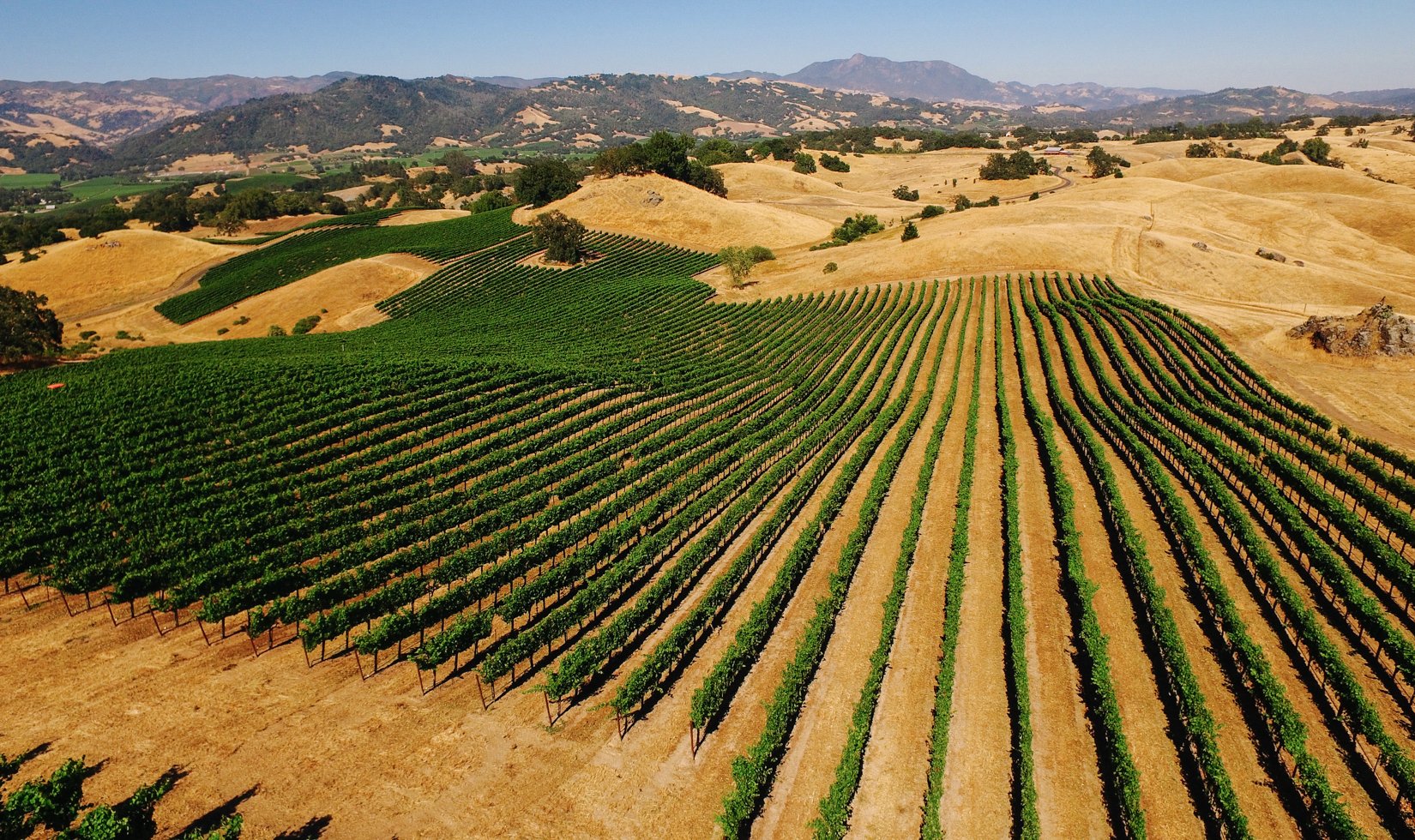
The Jordans didn’t purchase Jordan Estate; they swapped for it.
Back story: After Tom and Sally Jordan planted their first vineyard in 1972, they began to search for an ideal site to build Jordan Winery. The only choice, in their minds, was a 1,200-acre parcel of rolling hills covered with pastures and oak forests, overlooking their valley floor vineyard. As Sally Jordan explained in a past video blog, they trespassed onto the sprawling property, found their way to a beautiful lake and decided they had to buy this pristine site. The owners, the Budge family from San Francisco, were not interested in selling, so the Jordans did some research and discovered that the Budges were searching for a fly fishing property in Oregon. The Jordans purchased the Oregon property and then swapped the fly fishing land with the Budges’ Alexander Valley estate.
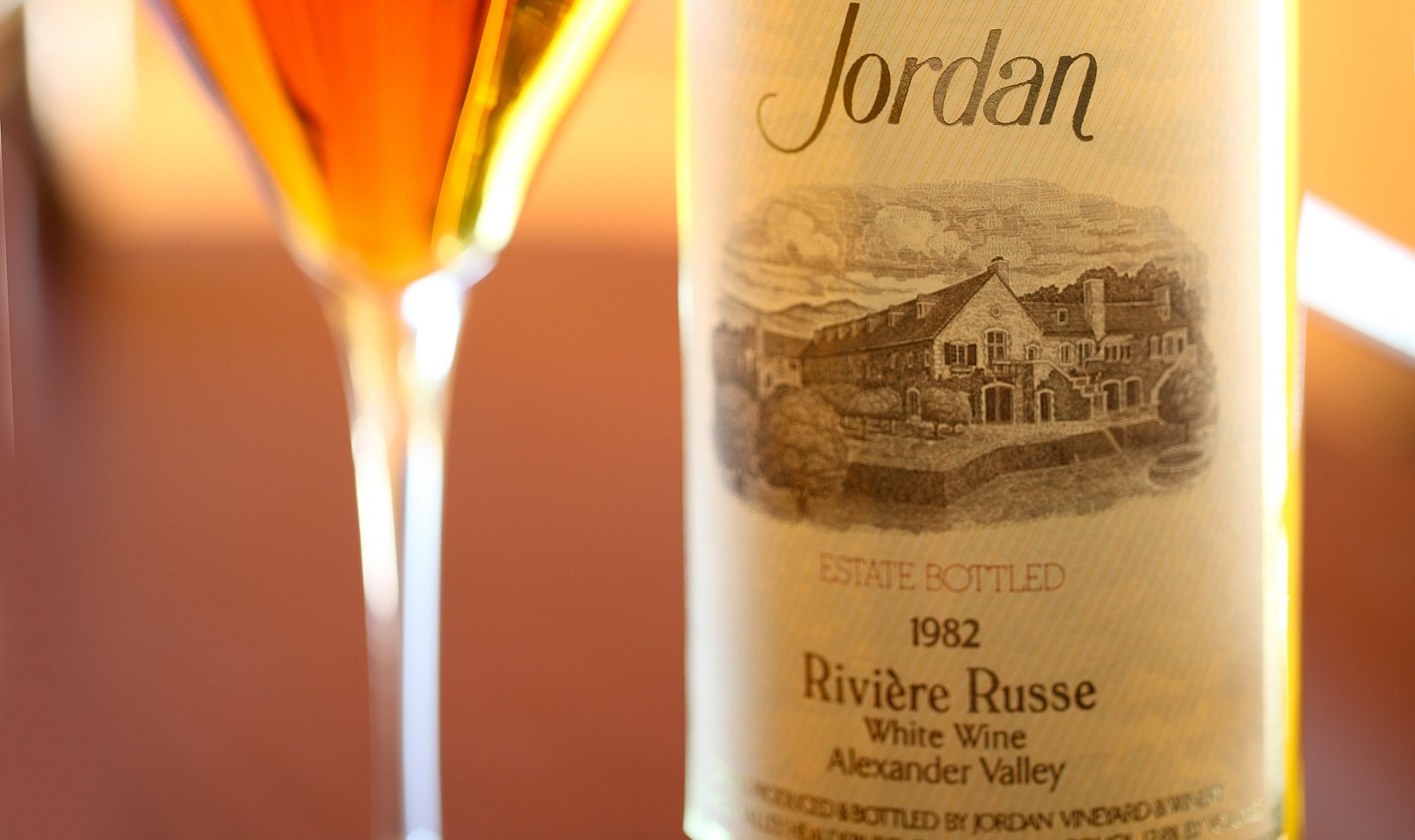
Jordan made a dessert wine in the 1980s.
Back story: Because Jordan has always been focused on food, wine and hospitality, the Jordans decided a Jordan dessert wine would be the ideal complement to the end of a meal in the Jordan dining room. In keeping with our French-inspired tradition, they decided on a Sauternes-style sweet wine of sauvignon blanc and semillon grapes from the Russian River Valley. Winemaker Rob Davis traveled to Sauternes, France, to study their dessert winemaking technique and the ever-so-elusive botrytis mold necessary to create the great wine. Jordan Rivière Russe, French for “Russian River,” was crafted three times in a decade before the challenging project was abandoned: 1982, 1983 and 1985. (Tom Jordan thought it was the best wine Jordan ever made, by the way.)
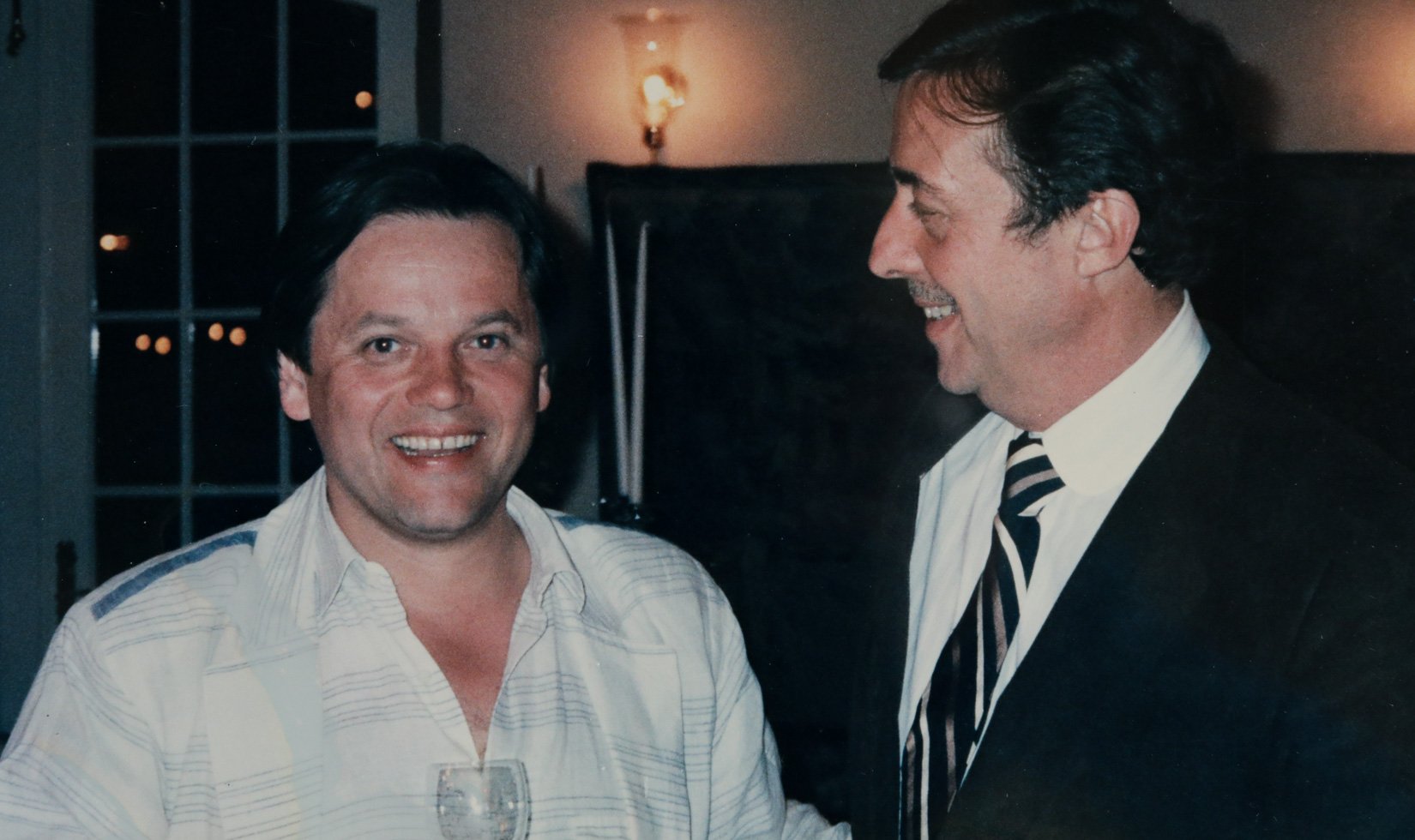
Celebrity chefs Wolfgang Puck and Paul Bocuse have cooked in the Jordan kitchen.
Back story: When Jordan’s first vintage of classic California cabernet sauvignon was being unveiled in 1980, the Jordans hired a sales and marketing director to help promote the wines. Melvin Masters and his wife had both worked in France–he in the wine trade and she as a chef–so they both came to work at Jordan. The Masters were friends with many French and American chefs and restaurateurs, which they invited to Healdsburg to meet the Jordans and experience their new winery’s hospitality. Chef Wolfgang Puck and his wife were early guests at the winery, and he cooked for a Jordan dinner party on at least one occasion. This casual snapshot of Wolfgang Puck and Tom Jordan hung in the Jordan kitchen for years. The late great French chef Paul Bocuse flew to the Jordan’s home in Denver and cooked a private dinner for them and also made boeuf bourguignon for a dinner at the winery, using the Jordans’ last two bottles of Domaine de la Romanée-Conti for the sauce. There are also old photos of chef Drew Nieporent of Myriad Restaurant Group.
Did we miss any Jordan wine stories you’ve heard? Email us with your favorites.
